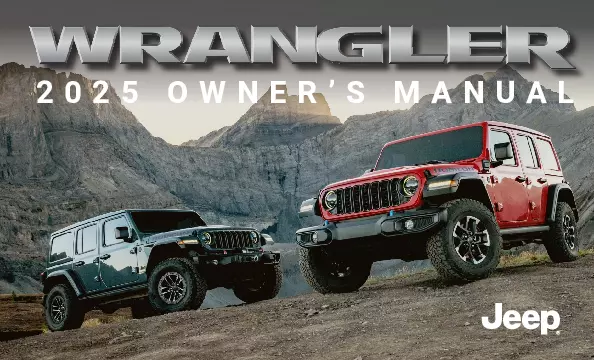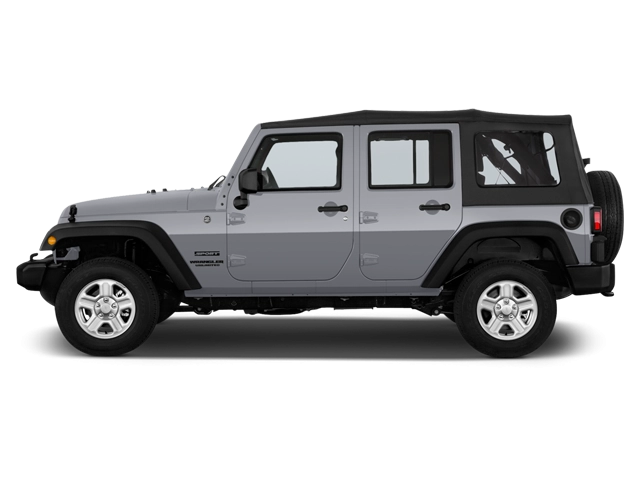2025 Jeep Wrangler Owner's Manual

Table of Contents
2025 Jeep Wrangler Overview
Introduction
The 2025 Jeep Wrangler pushes the boundaries of adventure with its rugged design and unparalleled off-road capabilities. A cornerstone of the Jeep brand, the Wrangler continues to embrace its legendary status while evolving to meet the demands of modern drivers. With its distinctive seven-slot grille and iconic silhouette, the 2025 model captures the spirit of exploration, inviting enthusiasts to take on the toughest terrains with confidence and style.
Powertrains
The 2025 Jeep Wrangler offers a variety of powertrains to suit different driving preferences. At the entry level, the reliable 3.6-liter V6 engine delivers a formidable 285 horsepower, providing impressive performance on both pavement and trails. For those seeking greater efficiency, Jeep also introduces a turbocharged 2.0-liter inline-4 hybrid option that combines electric and gasoline power for enhanced fuel economy. Off-road enthusiasts can opt for the robust 6.4-liter HEMI V8, producing 470 horsepower for exhilarating speed and torque in the roughest terrains.
Trims
The Wrangler comes in multiple trims, each tailored to different lifestyles and preferences. Starting with the Base trim, buyers can expect essential features and durable design. The Sport trim enhances comfort with upgraded upholstery, while the Sahara trim focuses on luxury, offering refined interior options. For the hardcore adventurer, the Rubicon trim boasts specialized off-road features, including locking differentials and heavy-duty axles, ensuring that no challenge is too great.
Features
The 2025 Wrangler is equipped with advanced technology and safety features. Its infotainment system includes a user-friendly touchscreen interface with Apple CarPlay and Android Auto compatibility. Standard safety features such as adaptive cruise control and blind-spot monitoring enhance security during travels. Additional options, like removable doors and an enhanced audio system, allow for personalized driving experiences, whether on scenic highways or rugged trails.
Owners Manual
The 2025 Jeep Wrangler owners manual is an essential companion for new owners, providing detailed operational guidance, maintenance tips, and warranty information. It helps users maximize their vehicle's performance while ensuring safe and enjoyable journeys. Clear diagrams and troubleshooting sections empower owners to address common issues confidently, reinforcing the Wrangler’s reputation as a vehicle built for adventure.
User manual download
The Jeep Wrangler owner manual for the 2025 model year is to be found in PDF downloadable format on this page. The owner manual for the model year 2025 is free and in English, but the repair manuals are usually not easy to get and may cost more.
Manual Questions
Fill the form below and someone will help you!

